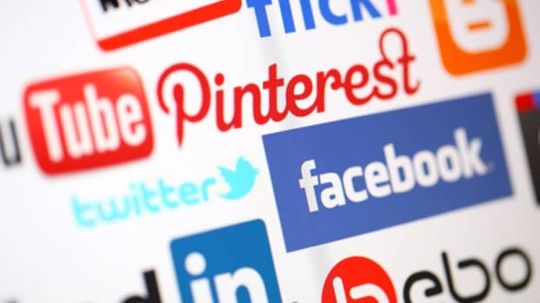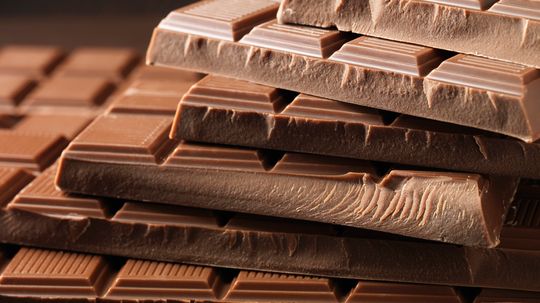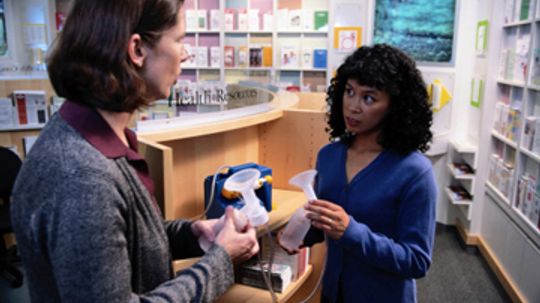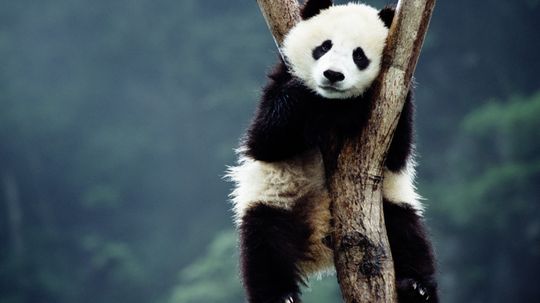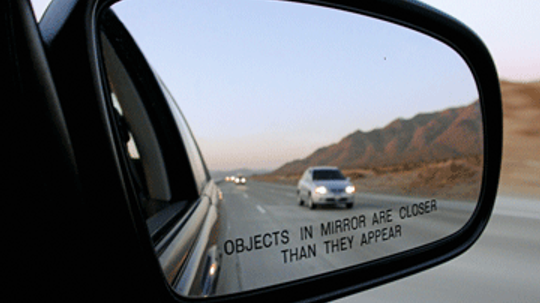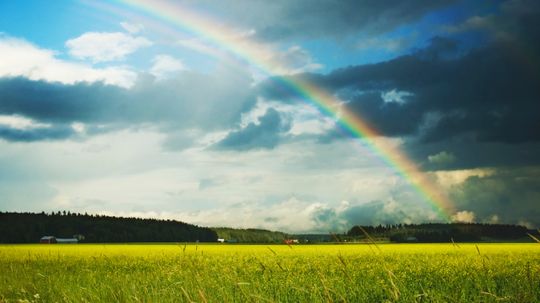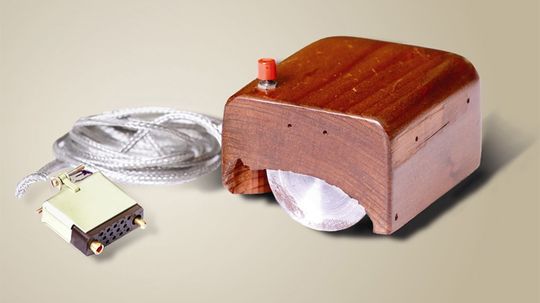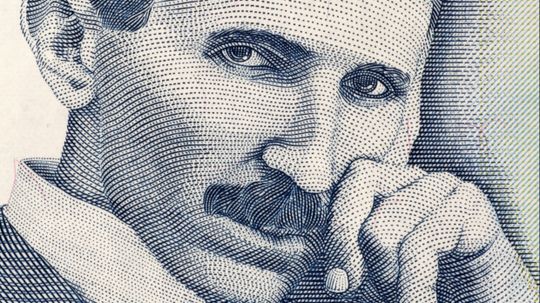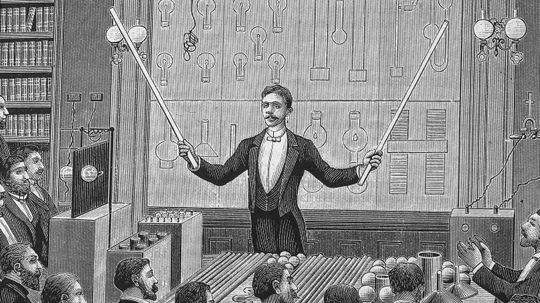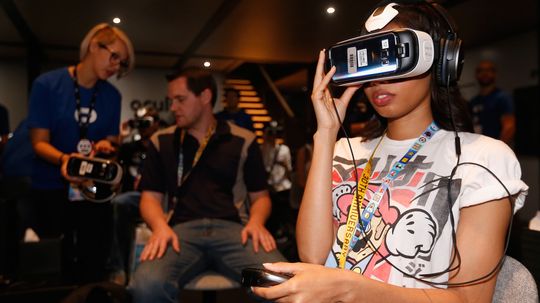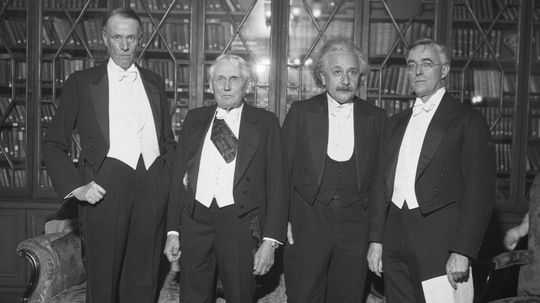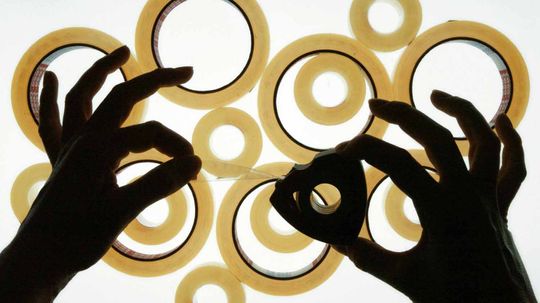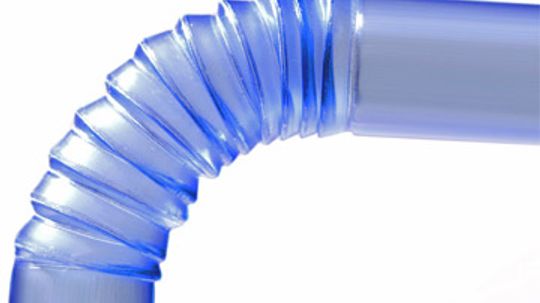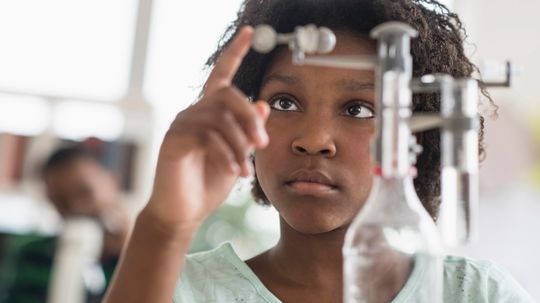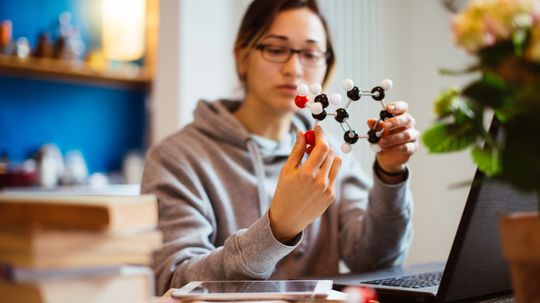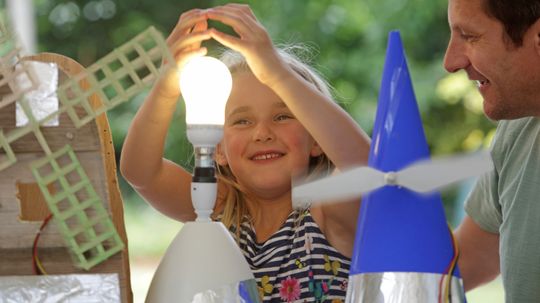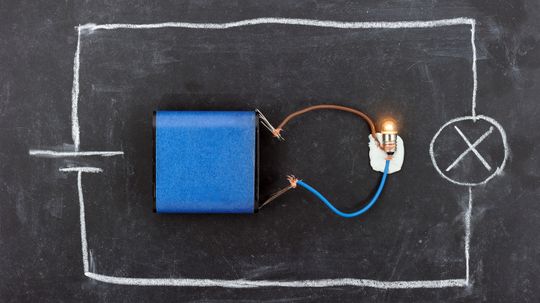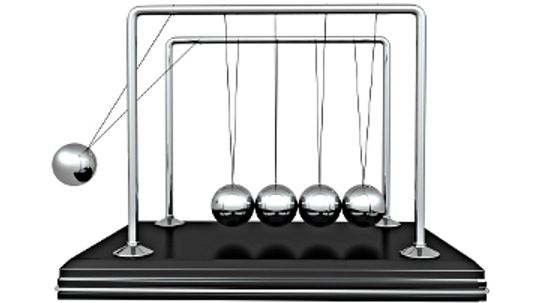Innovation
Do you know how common everyday items, such as mirrors, fireworks or sunglasses work? This collection of Innovation articles explores the workings of objects you may come into contact with on a regular basis.
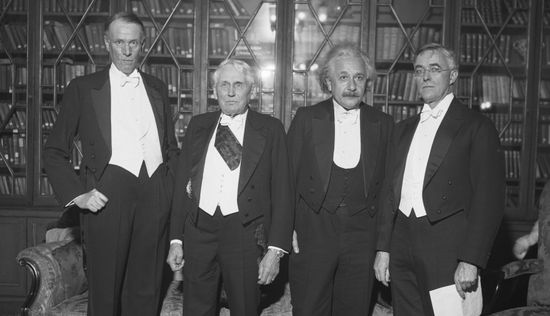
10 Nobel Laureates Whose Work Changed the World
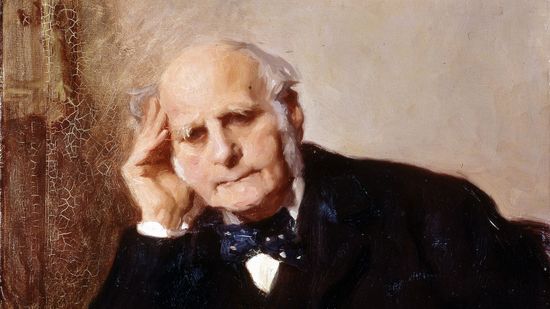
Eugenics Overshadows the Legacy of Scientific Genius Francis Galton
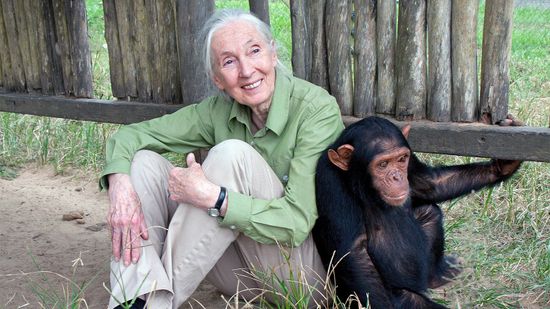
Jane Goodall: A Global Face for Global Peace
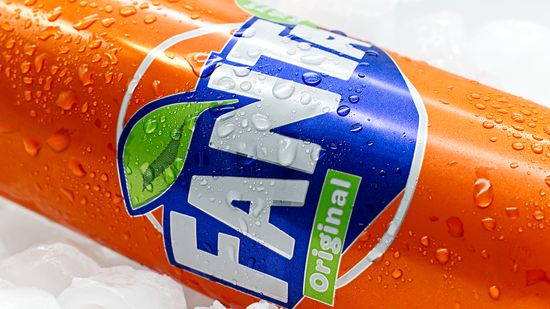
Who Made Fanta? Was It Really the Nazis' Favorite Soda?

'Mad Honey' Comes From Bees That Gather This Specific Nectar

Barrels and Barrels of Aged Beer

Who Invented the Toilet? A Brief History of the Flush
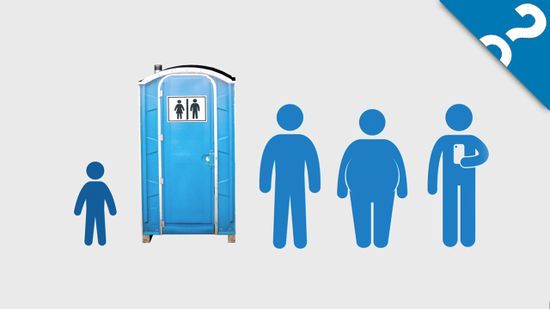
HowStuffWorks: How Porta Potties Work

Who invented sports drinks?

Meet the Man Who Invented Cool Whip, Tang and Pop Rocks

Thomas Edison vs. Nikola Tesla Quiz
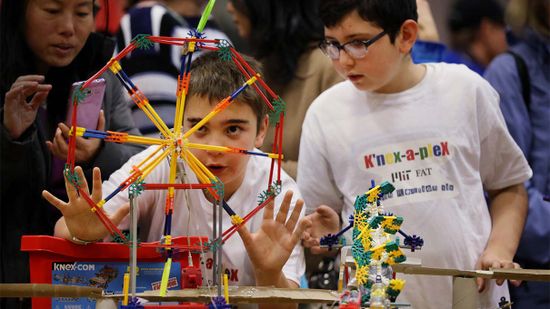
Rube Goldberg: The Man Behind the Ingenious Contraptions
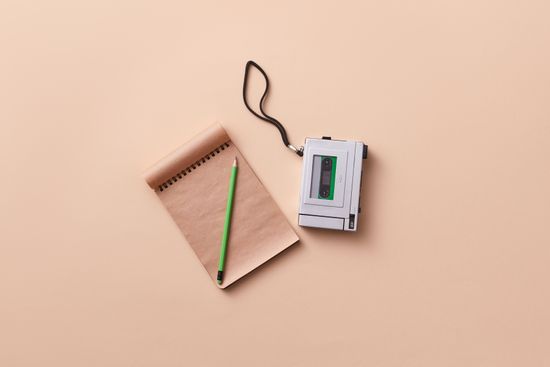
The Evolution of Dictaphones: A Comprehensive History
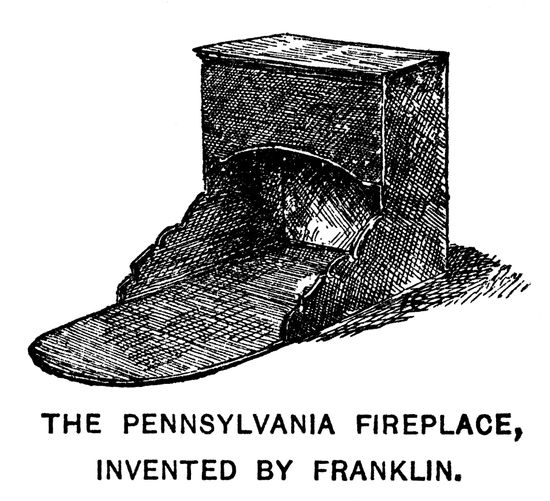
The Evolution of the Franklin Stove: From Invention to Modern Efficiency
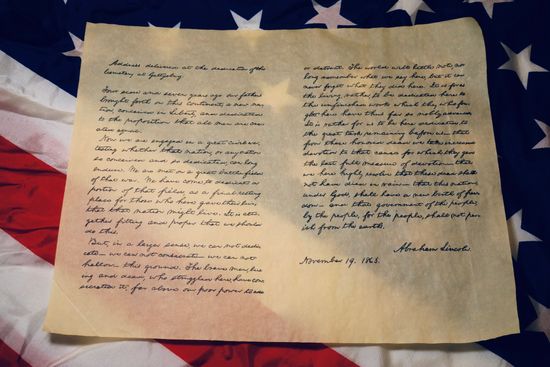
The Fascinating History of the Mimeograph Machine

5 Green NASA Inventions
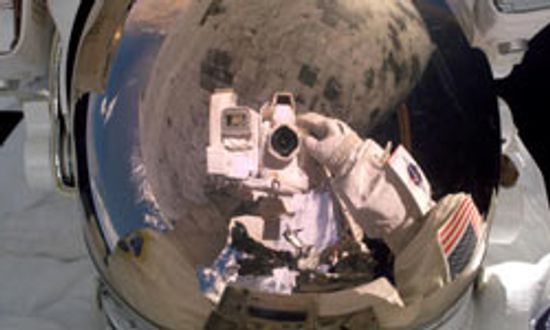
5 Types of NASA Technology in Your Attic

How Has NASA Improved Solar Energy?

How hard is the patent application process?

How to File a Patent
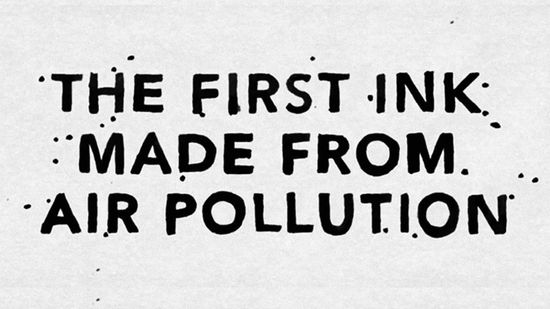
Turning Air Pollution Into Ink
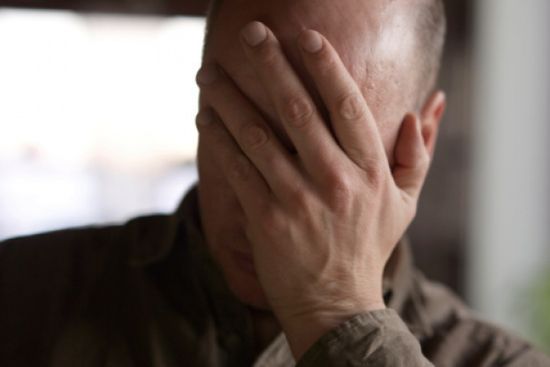
10 New Uses for Old Inventions

How Do QR Codes Work? 2D Barcodes Explained
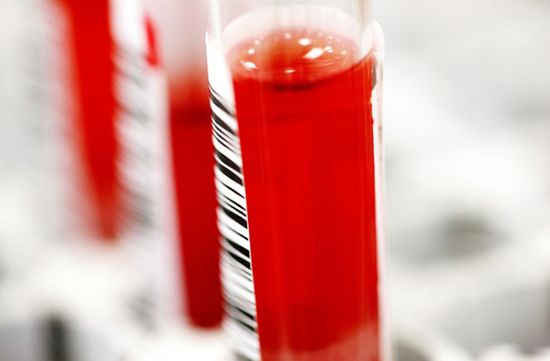
How can a bar code save your life?
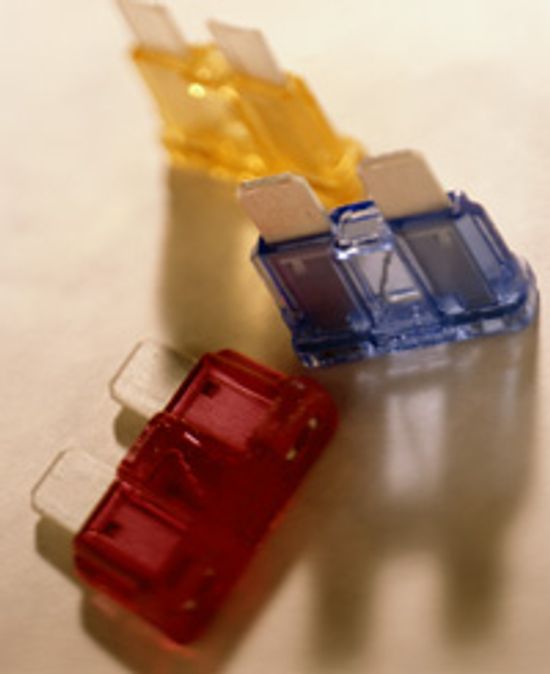
Is it possible to fix a blown fuse with a chewing gum wrapper?
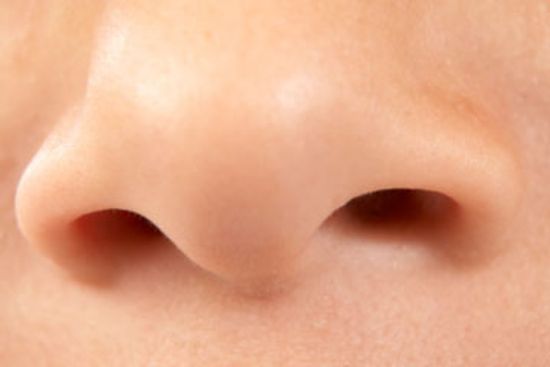
How do scratch-and-sniff stickers work?
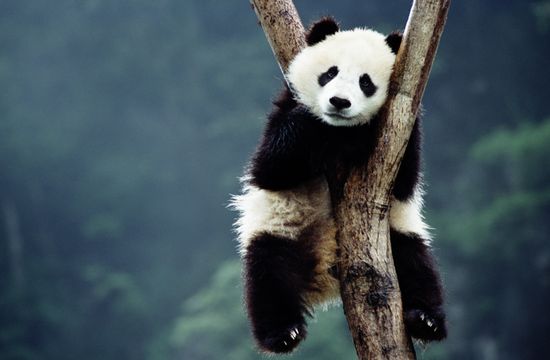
10 Oddball Questions Scientists Have Genuinely Tried to Answer
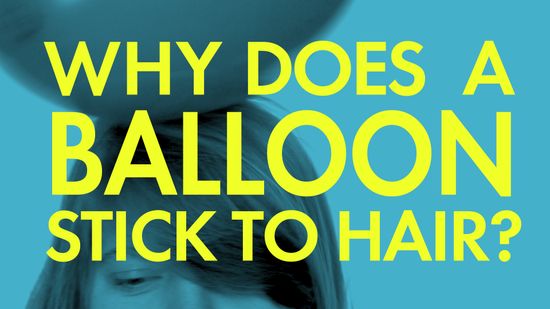
Why does a balloon stick to hair?
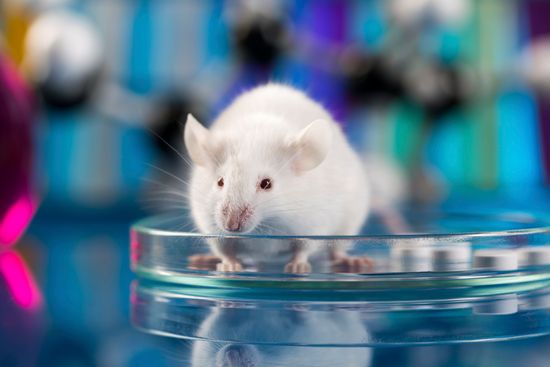
Why Do We Experiment on Mice?
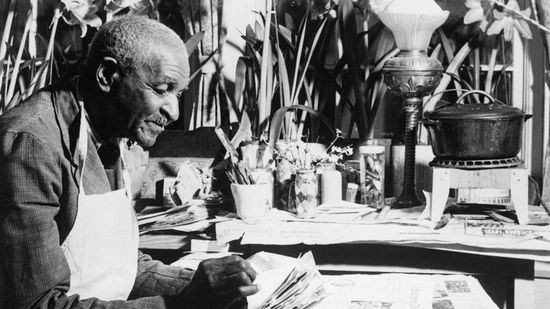
10 Black Scientists You Should Know
Learn More / Page 9
Smartphones, tablets and other devices are not just useful; they can improve your social life. We'll look at some of the newest ways to integrate social media into whatever you're doing.
By Dave Roos
Does a chocolate a day keep the doctor away? Before you stock your fruit bowl with chocolate bars, you might want to read this article first.
Breastfeeding is a healthy way to feed young children, but busy schedules and other factors may keep mom from being available when baby's hungry. Breast pumps can help bridge that gap.
Advertisement
On its good days, science is incredible and enlightening. On its bad days, science can be anywhere from gross to downright bizarre. What are some of science's craziest questions? (And why did anyone want to answer them?)
"Objects in mirror are closer than they appear." That little line appears so often and in so many contexts, it's almost lost all meaning -- but why is it there, and what does physics have to do with it?
By Julia Layton
Why is the sky blue? What's relativity all about? If you're thinking, "something to do with light and physics and stuff," we have some short explanations for you.
If this were trivia night, your team could probably summon this answer without breaking a sweat. But in true polymath style, Engelbart's signature invention is only part of his computer genius. Meet him.
Advertisement
He had patents and pigeons galore. His role in history books could be more. So come ye science fans, and read up on your Tesla facts, myths and lore.
Although many still remember Nikola Tesla, his name doesn't carry the weight it once did during his famous battles with Thomas Edison. What was this eccentric genius like?
By John Kelly
People have been making (and drinking) wine for 8,000 years -- which means lots of innovations both now and in the past, from creating Champagne to quirky wine labels.
The concept of virtual reality is nothing new, but we bet you didn't know that a quirky, math-loving, dreadlocked dude is famous for coining the term. Meet Jaron Lanier.
Advertisement
Going green isn't just a fad anymore; it's now a way of life for millions. Want to get started? Look no further than your kitchen. In fact, a simple water filter is all you need to start eco-friendly cooking.
Sure, Nobel Prize winners get money, a medal and bragging rights, but the rest of us often benefit from their accomplishments, too. Meet 10 of these game-changing people.
Stethoscopes started as a way for 19th-century doctors to put some distance between themselves and grubby patients. Today though, this simple listening tool is one of the best ways to diagnose a range of problems.
By Julia Layton
In 1925, after an auto paint job gone wrong, a young research assistant was struck by the idea for adhesive tape. But how does tape actually stick, and how are we able to peel it off a roll?
By Julia Layton
Advertisement
It bends to your will, it has nifty ridges, and it allows patients and little kids alike to slurp along with everyone else. How did the flexible straw begin its days?
Ah, the pride of leaving your name on a discovery as a lasting legacy of your time here on Earth. As the 10 discoveries on this list demonstrate, you probably won't get to revel in that pride while you're still alive.
You're sure you have it in you to think of an invention, but you're not sure how to do it. Get some tips here on how to think of an invention.
Even if you don't operate a scanning electron microscope all that frequently, you might want to brush up on these 10 scientific laws and theories. After all, they're some of our best tools for describing how the universe works.
Advertisement
Making a model of an atom is a good way to learn about the physical world. Read this article to learn how to make a model of an atom.
You want to make a potato powered light bulb, but you're not sure how to do it. Learn about how to make a potato powered light bulb in this article.
You want to make a battery powered light bulb, but you're not sure how to do it. Learn about how to make a battery powered light bulb in this article.
No really, can you? Sure, there are lots of chairs out there. Some rock. Some roll. Some recline. Some remain so crazy modern that we're afraid to direct our keisters onto their serious coolness. How you would change this staple of sedentary life?
By Robert Lamb
Advertisement
Five metallic balls on slender threads sit side by side. As one on the end hits the rest, the one on the opposite end rises and falls. Why don't the balls in the middle move? It's complicated.
By Chris Schulz
Do people born on the 13th of a month have a lifetime of bad luck? Researchers examined whether an "unlucky" birthdate could impact employment, earnings and marriage.
